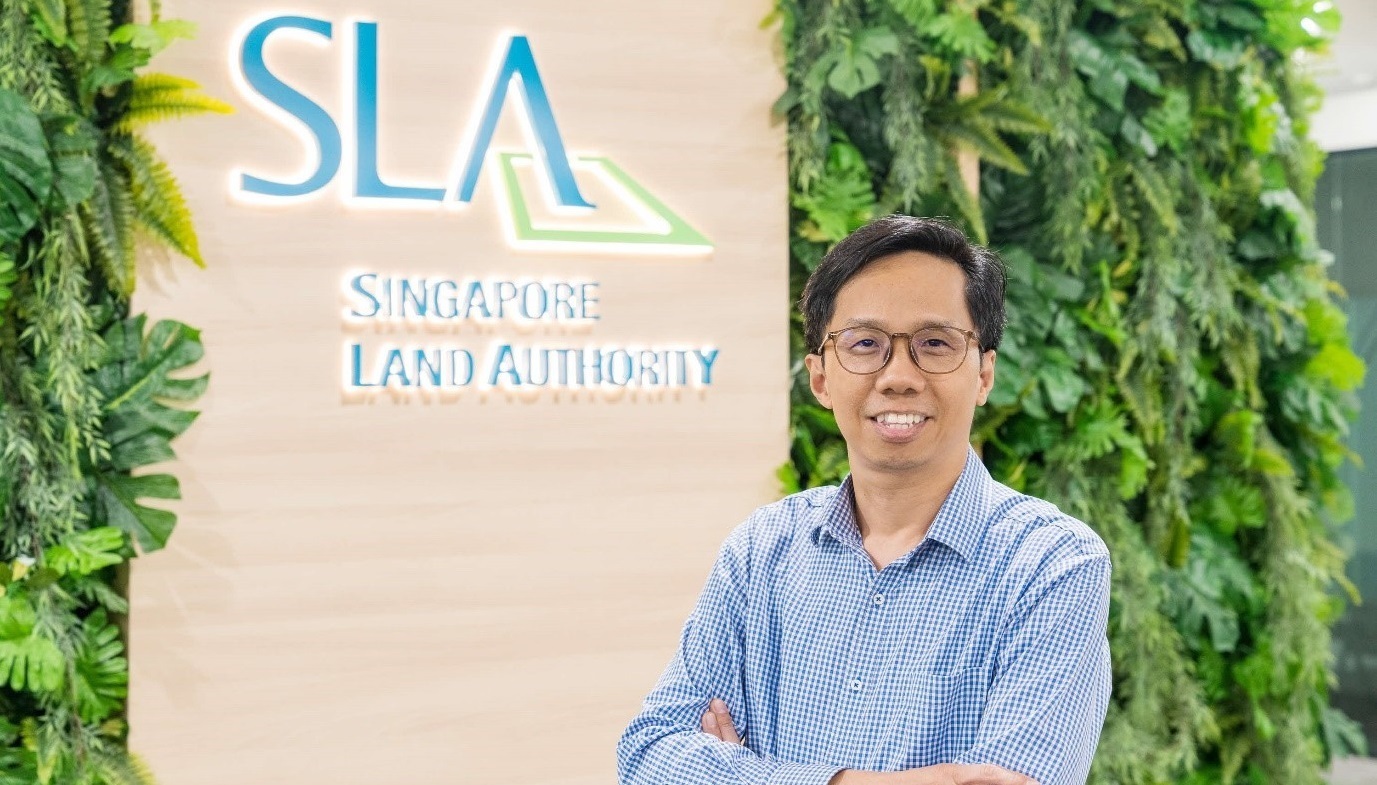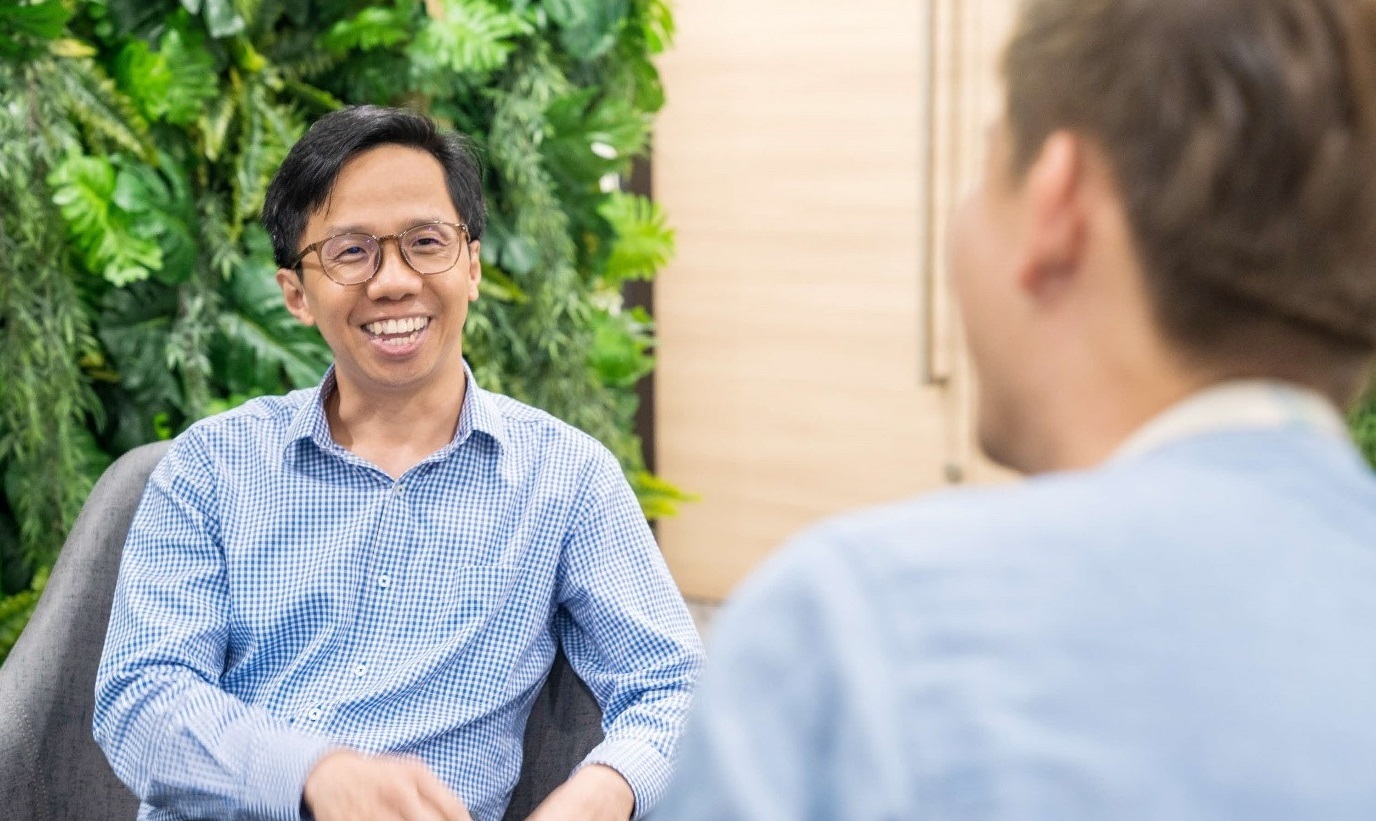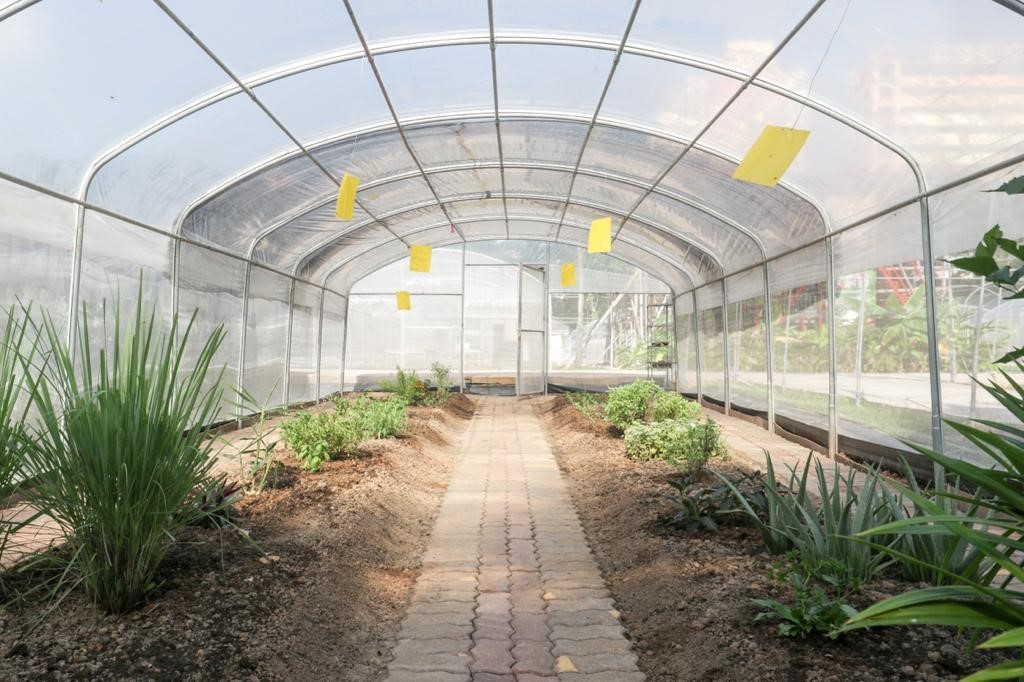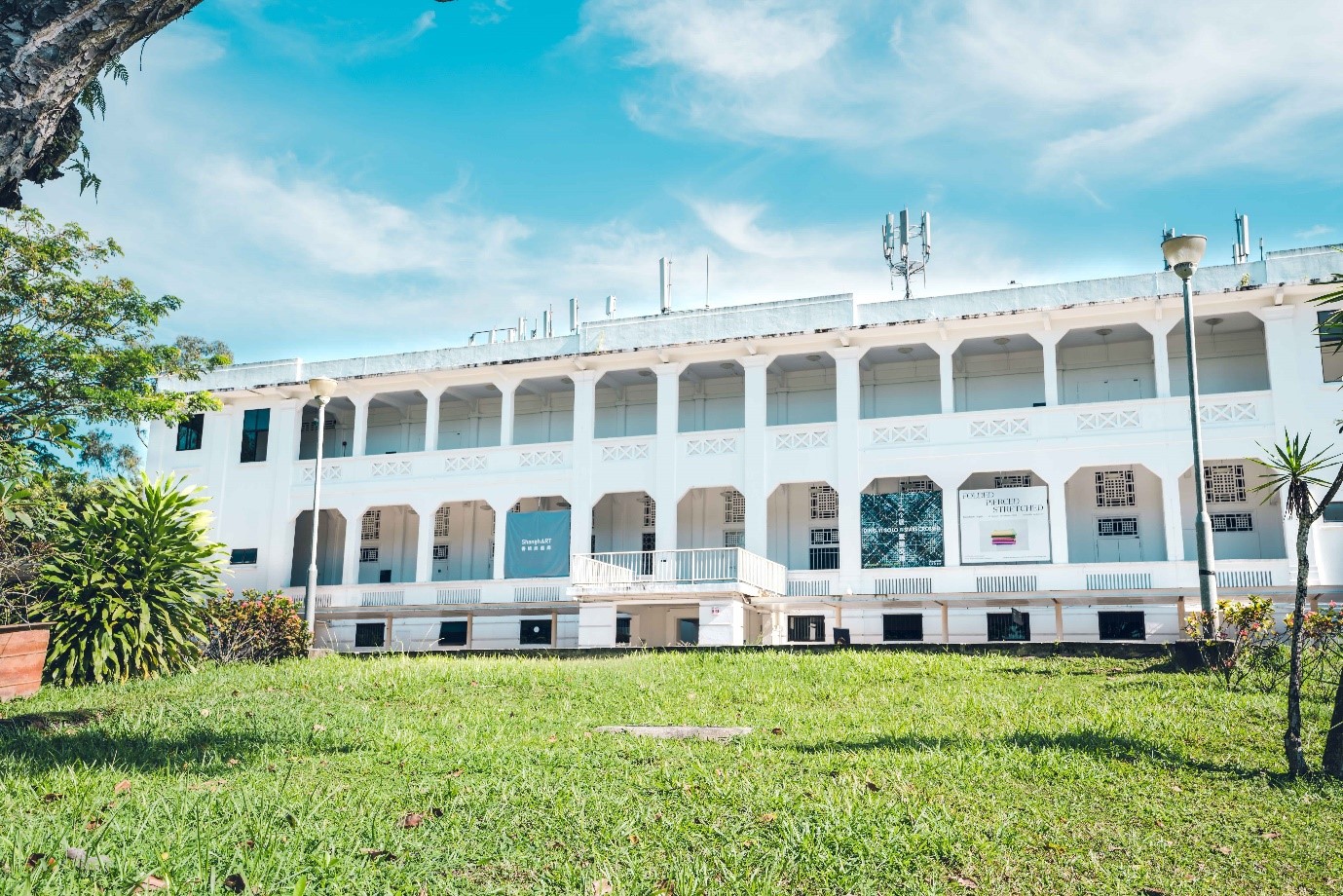Landing the right moves on sustainability - Interview with SLA Chief Sustainability Officer, Mr Sin Lye Chong

Mr Sin Lye Chong, Assistant Chief Executive (GeoSpatial & Engagement), Chief Sustainability Officer (CSO), SLA.
SLA has been supporting the national journey towards sustainability through adaptive reuse of State properties. As the national geospatial agency, it has also pooled its expertise in locational technology and data with the scientific and business community for environment research and business optimisation.
Steering these efforts is the Chief Sustainability Officer of SLA, Mr Sin Lye Chong. For Lye Chong who believes that sustainability is a mindset, and it starts at home, encouraging a green shift in culture and thinking within SLA and its stakeholders is often at the foremost of his mind. We sat down with CSO Lye Chong, who shared more on his thoughts on the subject and the steps SLA has taken to support the green movement.
What does sustainability mean to you?
To me, sustainability is a value and practice that is very multi-faceted. It pertains to various efforts at a country and corporate level such as tapping on renewable energy, green procurement to green leasing for properties, and encouraging stakeholders and partners to be aligned in the same direction.
Sustainability is also put into action via simple acts by individuals such as choosing to take public transport, being more diligent in re-cycling and minimising the use of single-use plastic bags.
What do you think is key to success in implementing sustainability-related initiatives?
In the course of my work and from interactions with others in this field, I have often come across two key points about sustainability, which resonate with me.
Firstly, sustainability is something that everyone should play a part in. This sounds very much like a cliche, but there’s good reason for it to be commonly cited as an important principle for sustainability related efforts. It’s easy for an organisation to form a sustainability team, and task them to plan and drive sustainability and other ESG initiatives. The tasks may still get done, especially with top management support, even if the rest of the organisation does not completely buy into the sustainability objectives and vision or take ownership of the outcomes.
If most people view sustainability initiatives as “ECAs” or extra work, rather than part and parcel of their core work, it will be an uphill task for the sustainability team. Sustainability should be made an integral part of everyone’s work in an organisation, to avoid unnecessary friction, delays and inefficiencies in achieving sustainability goals. After all, such goals value-add to organisations in the long run, by improving efficiency and achieving cost-savings, meeting consumers’ demands, and attracting and retaining talent.

As CSO, Lye Chong guides the development of overall targets and direction for SLA’s sustainability journey.
The second point is related to the first. There is an important difference between changing mindsets and changing behaviour. It is usually easier to change behaviour than mindsets. To meet an organisation’s sustainability objectives, which could be mandated from “the top”, practices and behaviours can change as staff dutifully tick all the required boxes to meet the minimum sustainability standards. But they will only do what’s needed, nothing more, if they do not believe in or have no personal interest in sustainability related issues and goals.
What is SLA doing to bring about this mindset shift?
In every organisation, there will be a mix of the “converted” and “unconverted”. The great challenge is to convince, excite, and bring more over to the “converted” camp. There is no magic formula, but at SLA, we encourage regular sharings by passionate “champions” (external and internal) and get leaders and managers to provide clarity on how sustainability benefits the organisation. It also helps when we can clearly showcase how individual staff efforts add up to meet an organisation’s goals. When most people in an organisation intrinsically believe in and are committed to sustainability goals, they will go the extra mile beyond what is required of them, eagerly share new ideas, and create a virtuous (and sustainable) cycle that will influence and impact others around them!
Why is sustainability important to SLA?
Carl Elefante, former president of The American Institute of Architects said “The greenest building is one that is already built” and this resonated with us. SLA manages about 2,700 properties. They include commercial and residential buildings from the colonial era, former military camps, decommissioned schools, and a large variety of other buildings.
As SLA is charged with optimising the use of these assets, we proactively match the properties in our portfolio to suitable uses which often differ from their original uses. Through such adaptive reuse, we contribute to the sustainability effort, by serving needs that may otherwise be met through the construction of new buildings. You could say that we occupy a rather niche space in the Singapore property market. Viewed from another angle, as a substantial amount of a building’s total carbon emissions through its life cycle is embodied (e.g. building materials, construction activity), SLA is extending and maximising the returns from their carbon footprint.
With this in mind, we believe there is significant potential to explore how much further we can push the envelope, and make these buildings and their use even greener than they already are.
What are the challenges and opportunities SLA faces in driving sustainability related initiatives?
The State properties managed by SLA often do not remain under our charge for very long, as there may be long-term uses planned for them in the near future. In addition, some of these properties are old heritage properties, including conserved properties. These challenges limit the opportunities for retrofitting works that could be carried out to improve the resource efficiency of these buildings.
These limitations also motivate us to think out-of-the-box. A successful example that showcases creative government-business partnership is the rejuvenation of the former Henderson Secondary School site. The site has now been transformed into a multi-generation use hub with an urban farm, childcare centre and nursing home which meet the needs of the local community.

Outdoor space at the former Henderson Secondary has been transformed into an urban farm.
As SLA rents out many State properties, there are also opportunities for us to encourage and work with tenants to adopt more sustainable practices as part of their business. For example, we are currently in the midst of transforming the Gillman Barracks cluster into a vibrant creative lifestyle enclave. In our recent tenders for the site, we have included green initiatives as an evaluation criteria. We are encouraged by the business community, who had submitted initiatives ranging from the use of sustainable building materials, engaging the community with workshops on eco-friendly topics, farm-to-table concepts, and implementing paperless receipts.

The plan to transform Gillman Barracks into a vibrant creative lifestyle enclave includes incorporating sustainability-related initiatives.
What about on the geospatial front?
SLA’s geospatial capabilities can play an important role in Singapore’s sustainability efforts to tackle global climate change. Our geospatial data and technology can be leveraged by researchers/scientists in many ways. For example – on the adaptation front, our high-resolution digital terrain model helps to identify low-lying areas for flood risk assessment and coastal protection planning. To support the push towards renewable energy, SLA’s 3D models of Singapore have been used to facilitate the assessment of solar energy potential of rooftops.
However, there needs to be greater awareness of how geospatial tools could be further used to augment climate-change related initiatives and help businesses reduce wastages. Therefore, we have signed several MOUs with players from the scientific community to collectively explore and unlock their potential. For example, we are working with the Meteorological Services Singapore, Earth Observatory of Singapore, NTU and Centre for Nature-Based Climate Solutions, NUS on environment related research.
These are just some of many possibilities, and we encourage all, including stakeholders in the business community who have good ideas on how to unlock the potential of geospatial technology to reach out to us.
Published on: 3 February 2023
- END –
